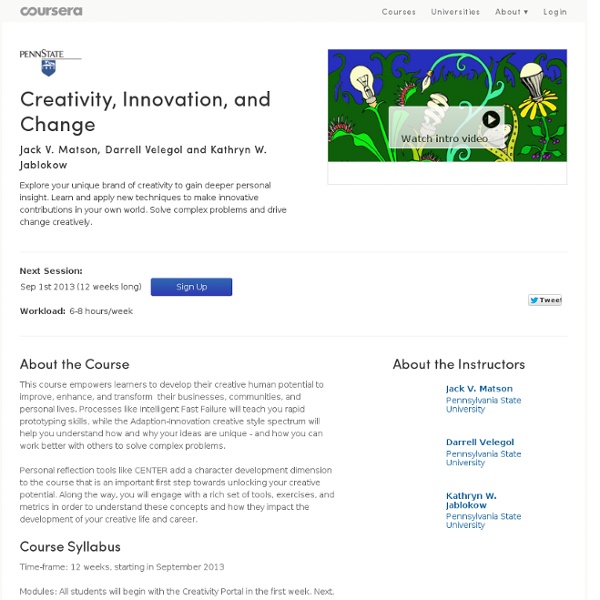Creativity, Innovation and Change

Functional Programming Principles in Scala
About the Course This course introduces the cornerstones of functional programming using the Scala programming language. Functional programming has become more and more popular in recent years because it promotes code that’s safe, concise, and elegant. Furthermore, functional programming makes it easier to write parallel code for today’s and tomorrow’s multiprocessors by replacing mutable variables and loops with powerful ways to define and compose functions. Scala is a language that fuses functional and object-oriented programming in a practical package. In this course you will discover the elements of the functional programming style and learn how to apply them usefully in your daily programming tasks. The course is hands on; most units introduce short programs that serve as illustrations of important concepts and invite you to play with them, modifying and improving them. Course Syllabus Week Three: Defining and using immutable objects, review of inheritance and dynamic binding.
Algorithms II
What algorithms and data structures are covered?Part I focuses on elementary data structures, sorting, and searching. Topics include union-find, binary search, stacks, queues, bags, insertion sort, selection sort, shellsort, quicksort, 3-way quicksort, mergesort, heapsort, binary heaps, binary search trees, red-black trees, separate chaining and linear probing hash tables, Graham scan, and kd-trees.Part II focuses on graph and string-processing algorithms. It depends on your background. I am/was not a computer science major.
Related:
Related:



